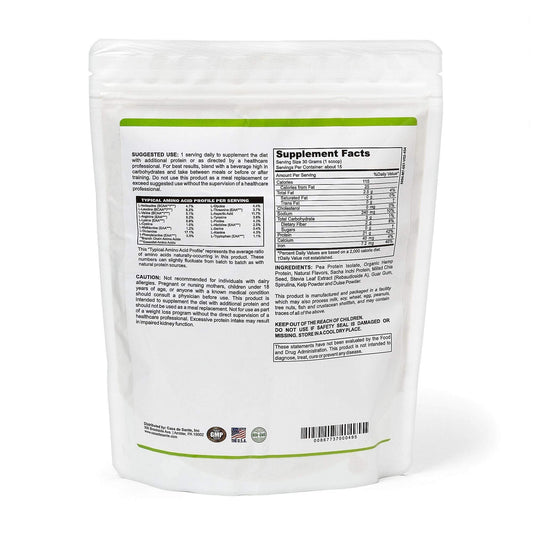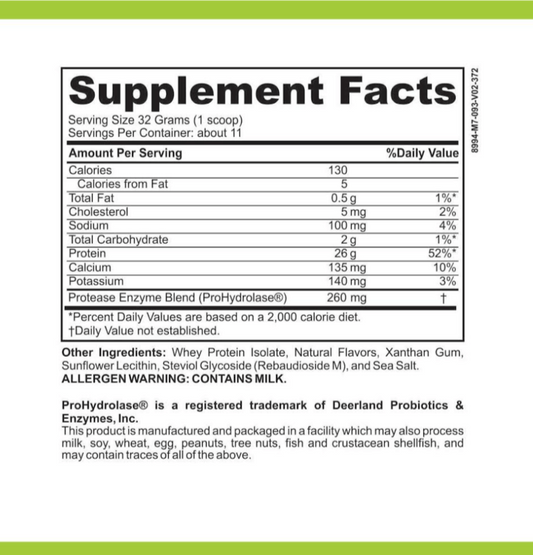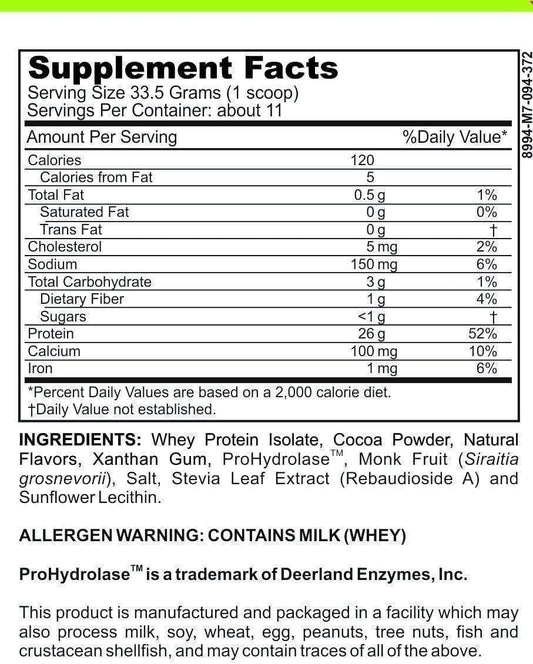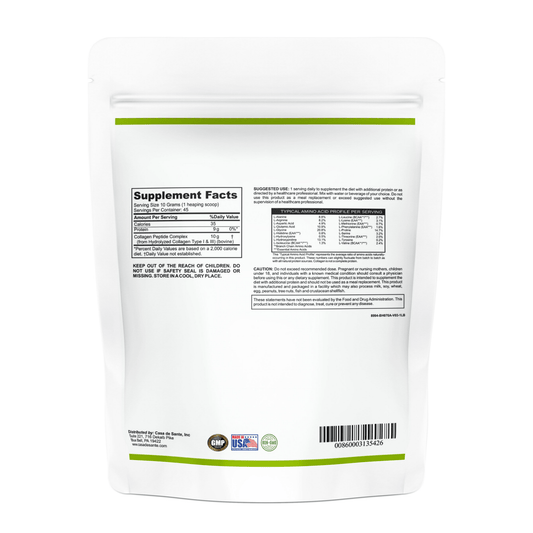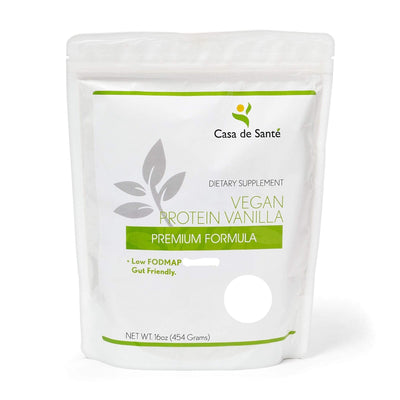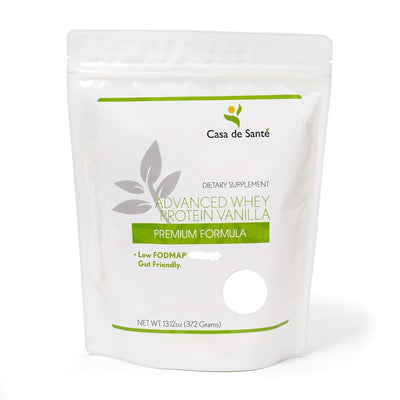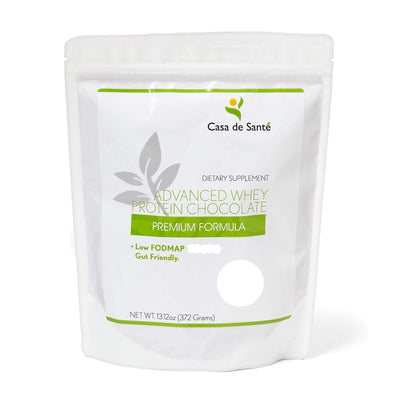Is Pasta Made with Milk?
Is Pasta Made with Milk?
Pasta is a staple food that enjoys widespread popularity across the globe. From classic Italian dishes to innovative fusion recipes, pasta offers a versatile canvas for culinary creations. One question that often arises is whether pasta is made with milk. In this article, we will explore the basic ingredients of pasta, the process of making traditional pasta, variations of pasta recipes, the nutritional impact of milk in pasta, as well as common misconceptions about pasta ingredients.
Understanding the Basic Ingredients of Pasta
Pasta, a beloved staple in many cuisines around the world, is a versatile dish that can be prepared in countless ways. While the variations in pasta shapes, sauces, and toppings are endless, the fundamental ingredients remain consistent. Let's delve deeper into the basic components that make up this beloved dish.
The Role of Flour in Pasta
Flour forms the foundation of pasta, providing structure and texture. Traditionally, pasta is made with durum wheat flour, known for its high protein content and gluten strength. This unique combination of proteins in durum wheat creates a cohesive dough that can be rolled and shaped into various pasta forms, such as spaghetti, penne, or ravioli. The gluten in the flour also gives pasta its characteristic chewiness and elasticity, allowing it to hold up well during cooking.
However, alternative flours have gained popularity in recent years, catering to different dietary needs and preferences. Whole wheat flour, for example, offers a nuttier flavor and a higher fiber content, making it a healthier choice for those seeking a more wholesome pasta option. Rice flour, on the other hand, is a gluten-free alternative that allows individuals with gluten sensitivities or celiac disease to enjoy pasta without any adverse effects. Corn flour, made from finely ground cornmeal, adds a subtly sweet flavor and a slightly grainy texture to the final product.
The Importance of Eggs in Pasta
Eggs are a prevalent ingredient in many pasta recipes, particularly in egg-based pasta varieties. Although not all pasta recipes require eggs, they are chosen for their binding properties, which contribute to a more delicate and richer pasta texture. The proteins in eggs, specifically the albumin and globulin, help to hold the dough together and prevent it from becoming too crumbly. Additionally, eggs add flavor and can lend a vibrant yellow hue to the final product, enhancing its visual appeal.
While traditional pasta recipes often call for whole eggs, some variations utilize only egg yolks. The use of yolks creates an even silkier and more indulgent pasta, as the fat content in the yolks contributes to a smoother texture and a richer taste. The choice between whole eggs or yolks depends on personal preference and the desired characteristics of the pasta.
Is There Milk in Pasta?
The answer is no. Traditional pasta recipes typically do not include milk as a primary ingredient. Pasta is primarily made with flour and water or eggs, and milk is not a standard component. However, it is worth noting that some modern recipes or variations may include milk as a minor ingredient to alter the texture or flavor. The addition of milk can result in a softer and more tender pasta, as the proteins and fats in milk interact with the gluten in the flour, creating a more delicate structure.
Furthermore, certain regional pasta dishes, such as the Italian classic "pasta alla carbonara," incorporate milk or cream as part of the sauce. In these cases, the milk is not directly mixed into the pasta dough but rather used to create a creamy and luscious sauce that coats the cooked pasta.
Understanding the basic ingredients of pasta is essential for both home cooks and professional chefs alike. By grasping the role of flour, eggs, and other potential additions, one can experiment with different recipes, techniques, and flavors to create a personalized pasta experience. So whether you prefer a classic spaghetti carbonara or a gluten-free penne arrabbiata, the possibilities are endless when it comes to this beloved culinary delight.
The Process of Making Traditional Pasta
Making traditional pasta is a labor of love that involves a series of meticulous steps. From mixing the ingredients to shaping the pasta, each stage contributes to the final product's taste, texture, and appearance.
Mixing the Ingredients
At the heart of pasta making lies the perfect combination of flour and liquid. This initial step sets the foundation for the entire process. Skilled pasta makers carefully measure out the precise amount of flour, taking into account factors such as humidity and the desired consistency of the pasta. Whether using eggs or water, the liquid is gradually incorporated into the flour, ensuring that every grain is coated. As the ingredients come together, a cohesive dough begins to form, promising delicious results.
However, the choice between eggs and water is not merely a matter of preference. Eggs lend a rich flavor and a vibrant yellow hue to the pasta, while water produces a lighter, more delicate result. The decision between these two options can dramatically influence the overall character of the pasta.
Kneading the Dough
Once the ingredients are mixed, it is time to embark on the vital process of kneading. This step is where the magic happens. As the dough is worked and manipulated, the gluten in the flour develops, transforming the mixture into a flexible, elastic mass. Skilled hands fold, press, and stretch the dough, ensuring that it becomes uniformly smooth and supple.
Kneading is not just a physical act; it is an art form. Experienced pasta makers can tell by touch when the dough has reached its optimal texture. They know precisely how much pressure to apply and when to stop, preserving the delicate balance between tenderness and elasticity. It is this careful attention to detail that sets handmade pasta apart from its store-bought counterparts.
Shaping the Pasta
With the dough now properly kneaded, it is time to shape it into the desired pasta form. This step offers endless possibilities for creativity and personalization. Pasta machines, with their various attachments, streamline the process, allowing for consistent and precise results. However, many traditionalists still prefer the hands-on approach.
Hand-shaping pasta is an art that has been passed down through generations. Skilled pasta makers deftly roll and cut the dough, transforming it into spaghetti, fettuccine, penne, or ravioli. Each shape has its own unique texture and functionality in various dishes. The ridges of penne capture sauces, while the delicate folds of ravioli cradle flavorful fillings. The skill and precision required to create these shapes by hand are a testament to the artisanal nature of traditional pasta making.
As the pasta takes its final form, it is ready to be cooked and enjoyed. Whether tossed in a rich tomato sauce, served with a creamy Alfredo, or simply dressed with olive oil and herbs, handmade pasta offers a taste experience that is unmatched. The effort and care put into every step of the process are evident in each delicious bite.
Variations of Pasta Recipes
When it comes to pasta, the possibilities are endless. From classic Italian dishes to creative innovations, there is a pasta recipe to suit every taste. One way to add a touch of richness to your pasta is by incorporating milk into the sauce. While traditional pasta recipes typically do not include milk, there are innovative recipes that showcase the smooth and creamy texture that milk can bring to a dish.
Pasta Recipes with Milk
One popular milk-based pasta sauce is the beloved Alfredo sauce. Originating from Rome, this creamy delight is made by combining butter, Parmesan cheese, and of course, milk. The result is a velvety sauce that coats the pasta beautifully, creating a luxurious dining experience. Another indulgent option is carbonara, a traditional Italian dish made with eggs, cheese, pancetta, and, you guessed it, milk. The addition of milk adds an extra layer of richness to the already decadent flavors of this pasta dish.
But the versatility of milk in pasta recipes doesn't stop there. For those who prefer a lighter option, a creamy mushroom pasta sauce made with milk can be the perfect choice. The earthy flavors of the mushrooms combined with the subtle creaminess of the milk create a harmonious balance that is both comforting and satisfying.
Vegan Pasta Recipes without Milk
For those following a vegan lifestyle or individuals with lactose intolerance, milk can easily be substituted or omitted in pasta recipes. The rise of plant-based alternatives has opened up a whole new world of possibilities for creamy vegan pasta dishes. Almond milk, with its subtly sweet and nutty flavor, can be used as a fantastic substitute for milk in many recipes. Its creamy texture adds depth to vegan pasta sauces without overpowering the other flavors.
Another popular option is soy milk. Made from soybeans, this plant-based milk alternative is a great choice for those looking for a creamier pasta sauce without the dairy. Its smooth and silky consistency lends itself well to vegan carbonara or Alfredo sauces, providing that desired richness without compromising flavor.
Coconut milk, known for its tropical and slightly sweet taste, is yet another fantastic option for vegan pasta recipes. The natural creaminess of coconut milk adds a unique twist to traditional pasta dishes, creating a delightful fusion of flavors. Whether it's a Thai-inspired curry pasta or a coconut-infused tomato sauce, the possibilities are truly endless when it comes to vegan pasta recipes without milk.
So, whether you're a fan of milk-based pasta sauces or prefer the vegan route, there is no shortage of options when it comes to pasta recipes. From creamy Alfredo to plant-based delights, these variations are sure to satisfy your cravings and take your pasta game to a whole new level.
The Nutritional Impact of Milk in Pasta
Benefits of Adding Milk to Pasta
When milk is incorporated into pasta recipes, it can enhance the nutritional profile. Milk is a good source of protein, calcium, and various vitamins and minerals. Adding milk to pasta enriches its flavor, creates a creamy texture, and can boost its overall nutritional value, especially for individuals with specific dietary needs.
Potential Drawbacks of Milk in Pasta
While the addition of milk can have its benefits, it is important to be mindful of potential drawbacks. Some individuals may have allergies or sensitivities to dairy products, which can limit their consumption of milk-based pasta dishes. Additionally, the calorie and fat content of milk can contribute to higher energy intake, so portion control and balance with other ingredients are crucial considerations.
Common Misconceptions About Pasta Ingredients
Debunking the Milk in Pasta Myth
One prevalent misconception is the belief that pasta is made with milk. As discussed earlier, traditional pasta recipes typically exclude milk as a primary ingredient. This myth may have stemmed from the association of milk with creamy pasta sauces or the inclusion of milk in certain modern variations.
Other Common Pasta Misconceptions
Aside from milk-related misconceptions, there are various other pasta myths that deserve clarification. These include beliefs such as pasta makes you gain weight, or that dried pasta is inferior to fresh pasta. By debunking these misconceptions, pasta enthusiasts can enjoy their favorite dish with accurate information and a deeper appreciation for its culinary heritage.
In conclusion, traditional pasta recipes do not typically include milk as a primary ingredient. However, modern variations and innovative recipes may incorporate milk to enhance flavor and texture. Understanding the basic ingredients, the process of making pasta, and the various possibilities for variations enables us to fully appreciate this beloved culinary delight while debunking common misconceptions.


